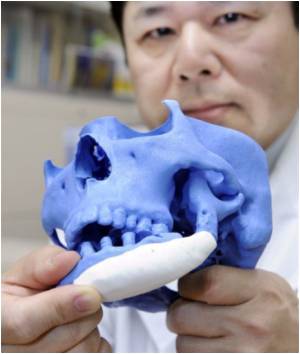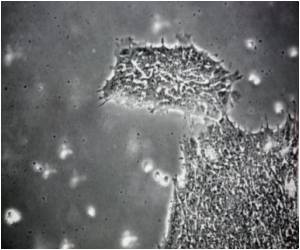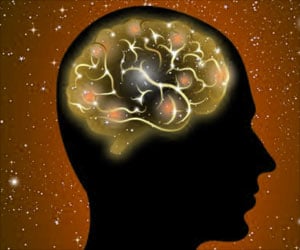The endoscopic-assisted keyhole craniotomy is a novel approach in treating temporal bone defects allows for a smaller skin incision and lesser risk of injury.
Highlights
- The temporal bones that are a pair of bones that form part of the side of the skull perform several key structural functions.
- Tegmen dehiscence and temporal //encephalocele are the two main temporal bone defects where the bone between the brain and the ear is absent.
- The endoscopic-assisted keyhole craniotomy is a novel approach in treating temporal bone defects.
Tegmen dehiscence and TE are rare and underdiagnosed neurotologic conditions where the bone between the brain and the ear is absent. This can be caused by a chronic ear infection; trauma to the area; or it can be idiopathic often associated with patients with higher body mass indexes (BMIs) and suffering from sleep apnea.
Patients suffering from these conditions can have a loss of hearing, drainage of brain fluid out of the ear, dizziness, and a risk of contracting meningitis. Appropriate management of tegmen dehiscence and TE requires surgical repair.
Doctors can perform a traditional middle fossa craniotomy where part of the skull is surgically removed and the brain is retracted to view the problem area.
Surgeons then use a microscope to get a direct view to make repairs. This method is invasive and can lead to temporary deficits in cognitive function and increased risk of cerebrovascular accidents.
By using an endoscopic keyhole craniotomy approach Temple physicians recently began offering a less invasive and innovative approach to successfully repair tegmen dehiscence and TE.
The use of the endoscope allows for a smaller skin incision and less retraction on the temporal lobe than a traditional middle fossa craniotomy approach, which means less risk of brain retraction injury.
"We started gradually adding the equipment into the surgery and it worked. We think this is a far superior approach to a traditional craniotomy when it comes to treating patients with tegmen dehiscence and temporal encephalocele."
Unlike the microscope used in a standard craniotomy, which has a zero degree view, the endoscope can see around corners at zero, 30 and 70 degree angles in addition to the direct view. Also, due to the small size of the incision, minimal hair shaving is required.
"The endoscopic-assisted keyhole craniotomy is a novel approach in treating temporal bone defects and we have performed a number of successful surgeries already," explains Dr. Erkmen.
Reference
- Pamela Roehm et al., Temple Hospital offering innovative approach to treat patients with complex temporal bone defects, Journal of Neurosurgery (2017).
Source-Medindia












